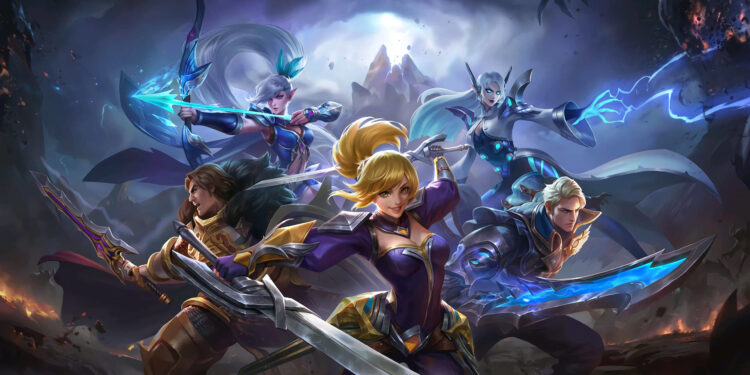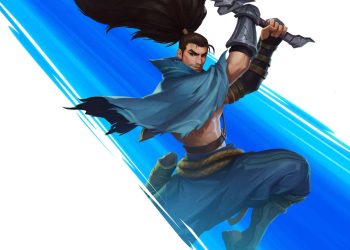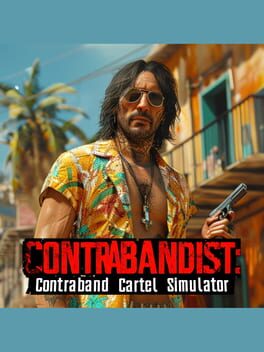Mobile Legends: Bang Bang (MLBB) and League of Legends: Wild Rift have been duking it out for mobile MOBA supremacy for years, but MLBB’s approach to mobile gaming and esports has helped it keep a strong lead. While Wild Rift brings League of Legends to phones, MLBB was built with mobile players in mind from the start, which makes a huge difference in player numbers and community support.
MLBB launched in 2016, designed specifically for quick, thumb-friendly matches that don’t overstay their welcome. Matches usually wrap up in under 20 minutes, perfect for gaming on the go, lunch breaks, commutes, or just a quick round between other activities. Wild Rift, in contrast, feels like League of Legends squeezed onto a smaller screen, with longer games and a steeper learning curve that can be intimidating for casual players.
Accessibility versus complexity is a big part of why MLBB has soared. It’s got simple controls, most heroes have just three active abilities, and the game runs smoothly even on budget phones, which are standard in Southeast Asia. That’s a massive plus for millions of players who don’t have the latest hardware. Wild Rift demands more precision with skillshots and faster reactions, which can frustrate players who want a more relaxed experience.
MLBB’s matchmaking and monetisation also feel more player-friendly. Patches come fast, keeping gameplay fresh and balanced, and skins are cheaper and more accessible. Wild Rift’s cosmetics tend to be pricier, which might put off some players. MLBB even has Promo Diamonds events to reward players with premium currency just for playing, which keeps people coming back.
Meanwhile, Wild Rift sticks to its PC roots with a complex macro game, longer matches, and higher performance demands. It’s great if you want a deep, strategic experience, but that doesn’t always fit mobile gaming habits where people often play in short bursts. Also, solo players can carry more easily in MLBB, while Wild Rift’s gameplay pushes teams to group up and coordinate tightly, which might be a bit much for casual mobile sessions.
Esports is another area where MLBB shines. Its Mobile Legends Professional League (MPL) spans multiple countries, including Indonesia, the Philippines, Malaysia, Brazil, and even North Africa. Local languages, cultural touches, and humor make the broadcasts feel like they belong to the community. Pro players are household names, not just esports figures.
The M6 World Championship, MLBB’s biggest event, has hit over four million peak viewers. In 2023, the M5 Championship smashed records with more than five million concurrent viewers, making it the most-watched esports final that year. Wild Rift’s esports scene, however, hasn’t gained similar traction outside Asia. Riot stopped supporting official tournaments outside China and Asia, forcing other regions to rely on smaller third-party events. The last big international Wild Rift tournament barely hit 10,000 peak viewers, which is a massive drop compared to MLBB and even China’s Honor of Kings.
Wild Rift is still alive and kicking, though. Riot’s annual player letter for 2025 promises quality of life improvements, better matchmaking, and efforts to keep the game competitive. But catching up to MLBB’s ecosystem, which is built on a solid foundation of accessibility, culture, and esports infrastructure, is a tall order.
MLBB’s success is no accident. It’s a mobile-first game that knows its audience and has built a community that stretches from grassroots to global stages. Wild Rift’s attempt to transplant a PC experience onto mobile hasn’t quite worked out the same way, despite its beautiful graphics and loyal fans. Maybe that’s what they were going for, but it just doesn’t click as well for the average mobile gamer.
So, which one should you play in 2025? If you want a traditional MOBA with a steep learning curve, Wild Rift is your pick. But if you want a mobile game that’s easy to jump into, with cheaper skins and a talking esports scene, MLBB might be the better choice.























